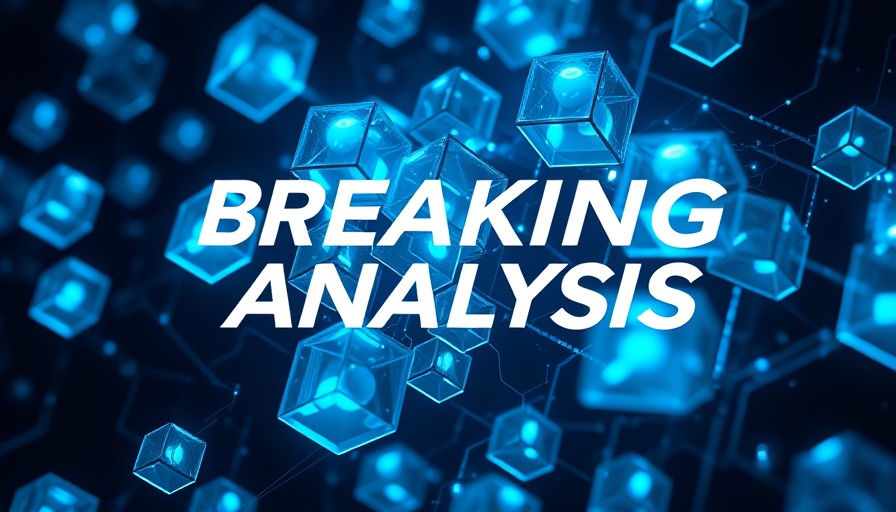
Challenging the Feasibility of Net Zero Goals
The call for a transition to net zero emissions has gained unprecedented momentum in recent years, yet the feasibility of achieving such ambitious targets remains largely unexamined. In the We Don't Have the Money, Workforce or Materials to Achieve Net Zero: Michael Kelly video, Professor Michael Kelly, a former government scientist and Engineer, sheds light on the often overlooked practicalities required to meet these goals.
In We Don't Have the Money, Workforce or Materials to Achieve Net Zero: Michael Kelly, the discussion dives into the complexities of the UK’s net zero targets, prompting deeper analysis of the practical challenges that lie ahead.
The Financial Burden Ahead
According to Kelly, the financial commitment needed isn't small; we're talking about approximately £1.4 trillion just to expand the electrical grid to facilitate electrified transport and heat. He emphasizes the daunting scale of workforce requirements, noting that fulfilling the UK's aspirations for net zero by 2050 would necessitate around 40,000 civil and electrical engineers alongside three times that number of skilled tradespeople—a workforce comparable to that of the education sector. How can we expect to cultivate such a labor force in an era where skilled trades are already in high demand?
Supply Chain Challenges
Beyond just manpower, the materials required to achieve these net zero ambitions are staggering. Kelly states that transitioning to electric vehicles alone would consume the world’s entire annual copper supply. This thought-provoking statistic raises questions about the sustainability and practicality of our material dependence in the current global market.
Retrofitting: The Real Cost of Change
Moreover, consider the state of retrofitting existing buildings. The average cost per house is already around £85,000, which translates to potentially £4 trillion if scaled to all homes across the UK. Such figures present an almost dystopian addition to construction budgets, especially when the anticipated energy savings often take upwards of 30 to 40 years to materialize.
A Call for Open Dialogue
One of the most poignant arguments Kelly presents is the necessity for an open debate around these issues. He underscores the absence of healthy discourse in scientific circles, noting that many researchers may refrain from voicing dissenting views due to fear of repercussions. Is this reluctance stifling innovation and efficiency in a field that relies on questioning established theories?
Understanding Adaptation
Rather than fixating solely on ambitious net zero goals, Kelly advocates a paradigm shift towards practical adaptation strategies. Historically, areas like New Zealand have successfully implemented infrastructure to combat natural disasters through forward-thinking policies, ensuring preparedness and resilience in the face of unpredictable future challenges. What can we learn from such models, and how can they inform our strategies moving forward?
The Role of Nuclear Energy
Finally, the conversation touches on the often-ignored potential of nuclear energy in providing a stable and substantial energy supply. Historically seen as fraught with regulatory challenges, smaller nuclear reactors may offer the adaptability and safety needed to support the infrastructure of tomorrow. How can we reconcile public perception with the reality of nuclear safety and innovation?
As we continue to grapple with the complexities surrounding net zero initiatives, it becomes imperative to scrutinize not only the economic implications but also the role of technological advancements in crafting an effective response to climate change. The insights provided by Professor Kelly serve as a clarion call to challenge mainstream narratives and consider practical, achievable solutions.
Call to Action: As we consider the future of our environment, let’s engage in meaningful discussions about the implications of our energy strategies and advocate for pragmatic solutions that prioritize feasibility alongside environmental responsibility. Join the movement for informed, constructive dialogue on these critical issues.
 Add Row
Add Row  Add
Add 










Write A Comment